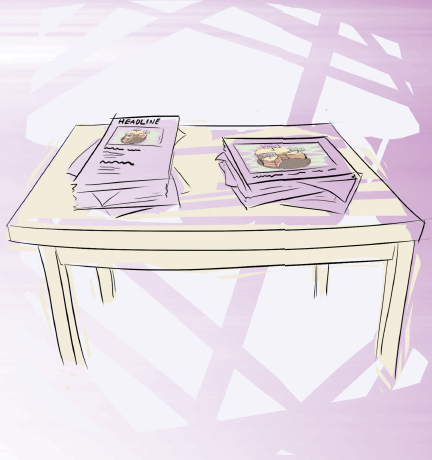Simple and Standalone

Your slides need to be a complement to your speech, not a substitute. The last thing you want your audience to do is to read your slides instead of listen to you. So you have to make your slides visually stimulating, with very little text. The trouble with this minimalist style is that your slides will contain only a fraction of the detail you cover during the presentation, making it hard for audience members to review later.
This creates a dilemma—how do you keep your presentation slides simple and clean, but leave audience members with a comprehensive, standalone presentation? The answer is surprisingly straightforward: have two versions of your presentation—one for your presentation, one for the audience to take home. Create a clean version to use during your presentation, and an elaborate version that you can give to audience members after you pitch. Your take-home version should include all of the details that you cover in your speech. Using this strategy, you can even tack an appendix onto the end of the deck that goes into greater depth and detail. Your goal for the standalone deck is to make the presentation understandable and exciting for all readers, even those who weren’t in the room when you pitched.

Get The Agile Startup: Quick and Dirty Lessons Every Entrepreneur Should Know now with the O’Reilly learning platform.
O’Reilly members experience books, live events, courses curated by job role, and more from O’Reilly and nearly 200 top publishers.

